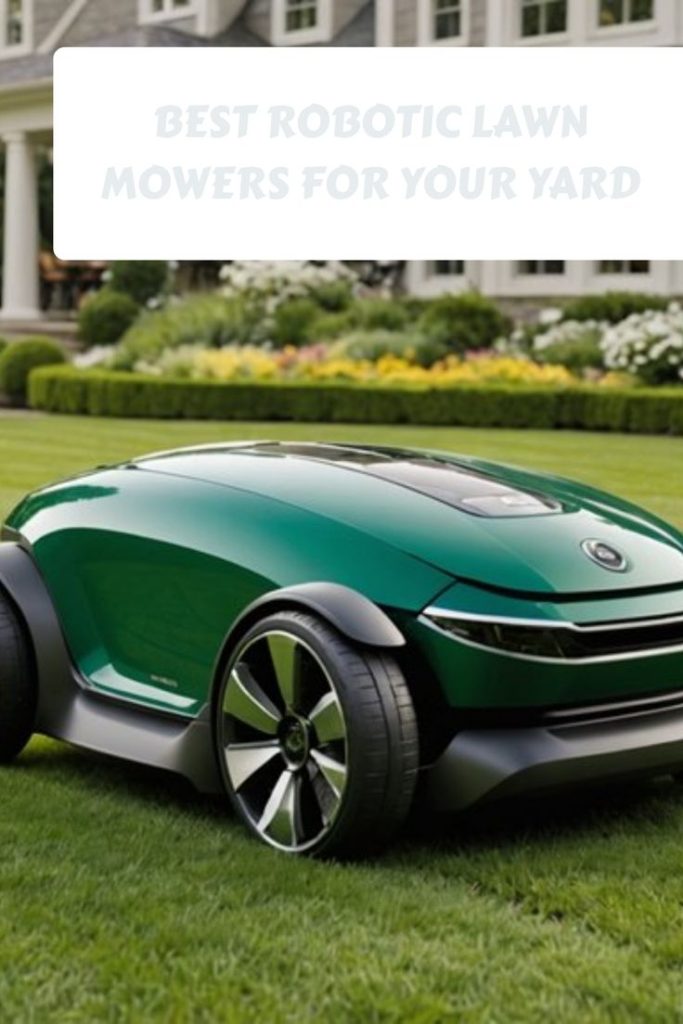When exploring the world of automated lawn care, you’ll often encounter two terms used seemingly interchangeably: “auto mower” and “robotic mower.” This can lead to confusion for prospective buyers wondering if there’s a subtle distinction or if they refer to the exact same technology. In essence, while the terms are largely synonymous and describe the same category of product, understanding their usage can provide clarity and insight into the market.
The Broad Term: Robotic Mower
“Robotic mower” is the overarching, more generic term that encompasses any lawn mowing device that operates autonomously. It broadly refers to a machine equipped with sensors, navigation systems, and a cutting mechanism that can independently cut grass without direct human control during operation. This term highlights the “robotic” nature of the device – its ability to perform tasks intelligently and without constant supervision.
Key characteristics of a robotic mower include:
- Autonomy: It can start, stop, navigate, and return to its charging station on its own.
- Sensors: Equipped with various sensors (e.g., lift, tilt, collision) to ensure safe operation.
- Boundary System: Typically uses a perimeter wire or virtual boundaries to define the mowing area.
- Automated Charging: Returns to a charging station to recharge its battery.
Therefore, any device that fits this description can accurately be called a robotic mower.
The Specific Term (Often Brand-Related): Auto Mower
“Auto mower” is often used as a more specific, and sometimes brand-associated, term. While it functions identically to a robotic mower, its widespread use can be attributed to a few factors:
- Brand Recognition: The term “AutoMower” (often capitalized or as a single word) is a registered trademark of Husqvarna, one of the pioneering and leading manufacturers in the robotic lawn mower industry. Due to Husqvarna’s significant market presence and early adoption, their brand name has become somewhat genericized, much like “Kleenex” for facial tissues or “Hoover” for vacuum cleaners. Many people refer to any robotic lawn mower as an “auto mower” simply because it’s a familiar term from a prominent brand.
- Descriptive Simplicity: “Auto mower” is also a very descriptive and intuitive term. It clearly conveys that the mower operates “automatically.” This simplicity makes it an easy and understandable phrase for consumers.
- Marketing Language: Other manufacturers, while not using the trademarked “AutoMower,” might use “auto mower” in their general marketing or product descriptions to refer to the automatic nature of their devices, leveraging the common understanding of the term.
Is There a Functional Difference?
Functionally, there is no inherent difference between a product marketed as an “auto mower” and one marketed as a “robotic mower” if they belong to the same category of autonomous lawn care devices. Both are designed to cut grass automatically, navigate a defined area, and return to a charging base.
The choice of term often comes down to:
- Brand: If it’s a Husqvarna product, it will officially be an “AutoMower.”
- General Usage: In common parlance, people might use “auto mower” as a shorthand for any robotic lawn mower.
- Marketing Strategy: Other brands will typically use “robotic mower,” “robot lawn mower,” or similar descriptive terms to avoid trademark infringement and clearly define their product.
Conclusion
In summary, while “robotic mower” is the broader, more accurate technical term for any autonomous lawn mowing device, “auto mower” has become a widely accepted and often used synonym, largely due to the influence of a leading brand in the industry. When you hear either term, you can generally assume they are referring to the same type of innovative machine designed to take the effort out of maintaining your lawn. The key is to look at the specific features and capabilities of the model, rather than getting caught up in the terminology.

